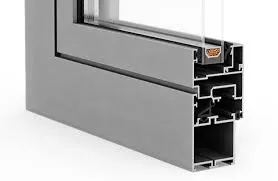There are many aluminium profile manufacturers, the quality gap is large, and the price difference is large. Before the fabricaton of aluminum doors and windows, the purchased aluminium profiles must undergo strict quality inspection and control in the warehouse. Aluminium Profiles can be inspected with the eye and related instruments for quality. Below are the main aspects for quality test.
Aluminium Profiles Quality Test │ Raw Material
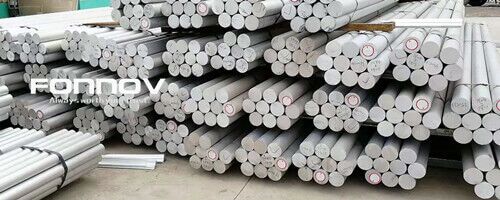
The aluminum profiles for doors and windows are made of 6-series aluminum alloy, and the aluminum-magnesium silicon is the main element of the 6-series aluminum alloy, and each element has a certain range of content. However, the price of various elements is inconsistent, and the lack of precious metal content is a major cause of poor profile quality. Only in strict proportion then can produce aluminum extrusions of excellent quality. The prepared raw materials are placed in an aluminum melting furnace to be melted, slag is discharged, cooled, and then cast aluminum ingots or bars are used for the production of aluminium profiles. If the exhaust is not ideal, the air bubbles in the aluminium profile will cause defects. The aluminium profiles for doors and windows are mainly made of 6063 grade aluminum alloy. If the aluminum extrusion manufacturer uses the national standard 6063 aluminum ingot, it will be guaranteed in terms of raw material quality.
Aluminium Profiles Quality Test │ Wall Thickness
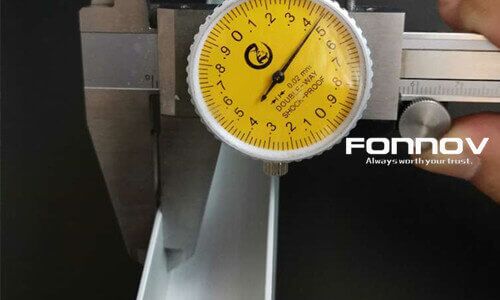
In many cases, when the aluminium profile of doors and windows is deformed and repeatedly pressed, it is found that the maximum wind pressure is seriously inconsistent with the design requirements. The reason is that the wall thickness is not fully considered when selecting the aluminium profiles for door and window. In general, the determination of the wall thickness is combined with the characteristics of the section of the profile, and there is no uniform standard. In general, thin-walled aluminium profiles are not accepted in window and door fabrication. The force-receiving members of the aluminum doors and windows include the frame, the upper glide path, the window fan material, etc. The actual measured dimensions of the minimum wall thickness of these stressed members shall be not less than 1.4 mm for the outer window and not less than 2.0 mm for the outer door. The detection method uses a vernier caliper to perform on-site random sampling inspection of the aluminium profile.
Aluminium Windows Profiles
Aluminium Profiles Quality Test │ Flatness
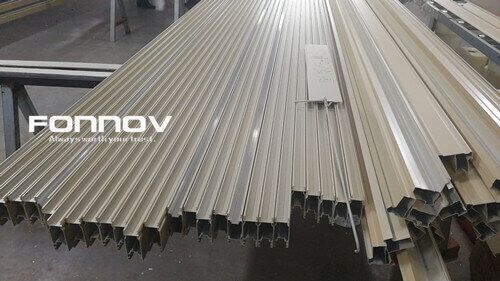
The surface is flat and bright, and there should be no depression or bulging.
Aluminium Profiles Quality Test │ Stength
The profile is bent with both hands, and the twisting strength is good, and it can be restored after loosening your hands. If the strength of the aluminium profile is not enough, it is easy to be deformed, which may result in unqualified wind pressure resistance level, the finished switch is not smooth, and the deformation amount is too large.
Aluminium Profiles Quality Test │ Appearance
Cracks, burrs, peeling or corrosion are not allowed on the surface of the aluminium profile. No obvious scratches, craters or bruises are allowed. In the transportation of aluminium profiles, ensure that the protective film is intact, and the handling process should pay attention to the phenomenon of bruising.
The same aluminium profile does not allow two different colors. Put a few profiles together and see the color difference, if the color difference is very large, it should not be used.
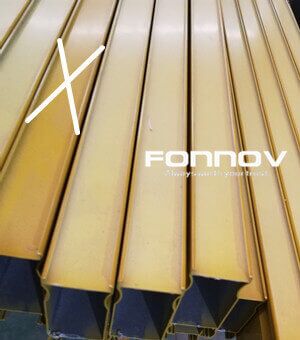
At present, the surface treatment methods for aluminum profiles used in doors and windows mainly include anodizing, electrophoresis, powder coating, and wood grain powder coating. Different surface treatments have different appearance quality inspection standards.
-
Anodised Aluminium Profiles
The surface of the aluminium profile is lightly drawn with a smooth hard object, which can leave a white mark on the surface of the profile. If it can be wiped off by hand, it means that the anodised film is not wiped off. If it cannot be rubbed by hand, the anodised film has been wiped off, indicating that the anodised film is poor in firmness and too thin, and the surface quality is poor. The average film thickness of the anodised aluminium profile for doors and windows needs to be at least 15um.
The surface of the profile is free of open air bubbles and ash. The reason is that the thickness of the anodised film is thin or the thickness is different, which will directly affect the corrosion resistance of the aluminium profile products. The surface color will change over time, seriously affecting the decorative effect.
-
Powder Coated Aluminium Profiles
The powder coated surface should be delicate, full, transparent, strong in three-dimensional sense, and can maintain relative luster for a long time. The decorative surface coating is at least 40um. The poor appearance is dim, the stereoscopic effect is poor, and after a period of time, there is light loss, powdering, paint stripping, etc. Slight orange peel on the surface of powder coated profiles is accepted. There are almost no orange peels on high-quality powder coated profiles, but the orange peel on the surface of poor powder coated profiles is obvious and serious. The reason is the use of poor quality powder coatings, or the production process and production management are not strict.
-
Wood Grain Finished Aluminium Profiles
The surface of the wood grain finish should be smooth and flat, and no obvious inclusions. The wood pattern is clear and there is no obvious leakage and crease. However, creases and no wood grain patterns are allowed at the corners and grooves. If the wood grain pattern is ghosted or blurred, the finish is unqualified.
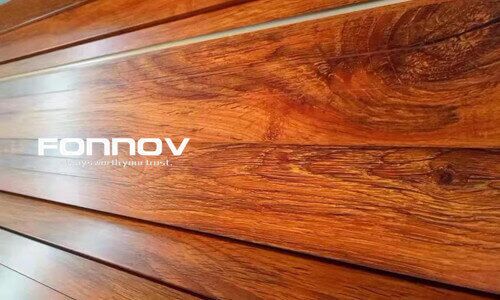
-
Electrophoresis Aluminium Profiles
The coating film should be uniform and tidy, Wrinkles, cracks, bubbles, flow marks, inclusions, stickiness and peeling off of the coating film are not allowed. However, the profile ends allow for partial filmlessness.


